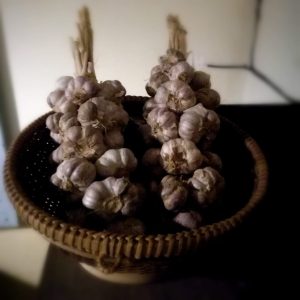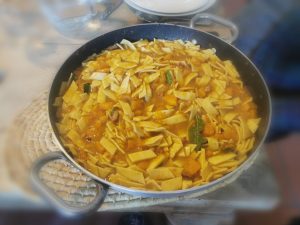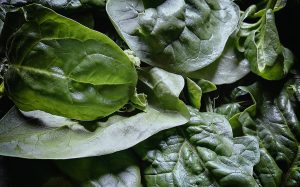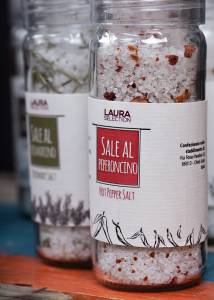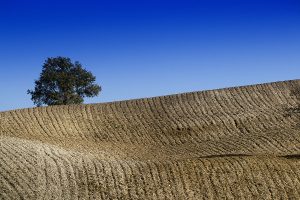Quinoa is a herbaceous plant belonging to the same family of spinach, beet and amaranth whose seeds, even after being transformed/processed in flour, are a dietary source of peculiar interest. Pillar food for Andean people for centuries, today re–discovered for its important nutritional characteristics: the flour obtained from the milling of Quinoa has a wealth of starch like cereals but, unlike them, is gluten-free and it is rich in other proteins (between 10 and 17%).
If we analyze better the composition of these proteins, or identifying their building blocks, amino acids, we find that there is a high percentage of amino acid lysine instead deficient in cereals. Although all eight essential amino acids are contained in percentages satisfying the requirements recommended. The energy density is comparable to that of other cereals generating about 399 kcal per 100 grams. and it is mainly linked to the carbohydrate content which represent 60-70% and lipids, which amounted to 4-8%, then on top of that of corn or rice or wheat. The lipid content is divided in turn in 50% of polyunsaturated, and from that linoleic acid (omega-6) and linolenic (omega -3). It is essential fatty acids that the human organism is not able to produce and which are able to convey the soluble vitamins such as VIT E, known natural antioxidant. To complete the food there is a substantial residue of insoluble fiber which acts as a good regulator of intestinal transit. Excellent is the wealth of vitamins B and E and minerals including in concentrations exceeding the grain: especially iron, magnesium, calcium, phosphorus, potassium and zinc.
There is more because Quinoa has a very high percentage of trimethylglycine, an amino acid which has important detoxifying functions. More in detail, trimethylglycine intervenes in the process of methylation or transmethylation by means of which the methyl groups are transferred from one molecule to another; this is a biochemical process is essential to life and fundamental for the regeneration of the cells of the body. Vitamins, hormones, neurotransmitters, enzymes, nucleic acids (RNA, DNA) and antibodies depend on the transfer of these methyl groups to complete their synthesis and function in the organism. The methyl groups convert homocysteine for example, an amino acid whose elevation in blood is considered as a cardiovascular risk factor in methionine, an amino acid capable of producing high concentrations of SAM (S–adenosyl-methionine), considered natural antidepressant.
The organoleptic characteristics are characterized by a very mild flavor of walnuts and earth. The saponin content can impart a bitter taste if not removed mechanically or through washing in water before cooking. Quinoa is particularly recommended in the daily diet in adults and children.

